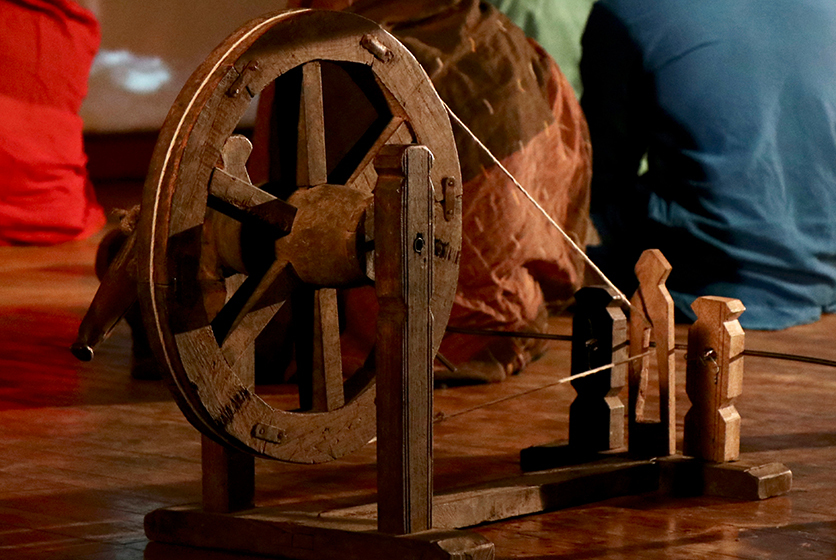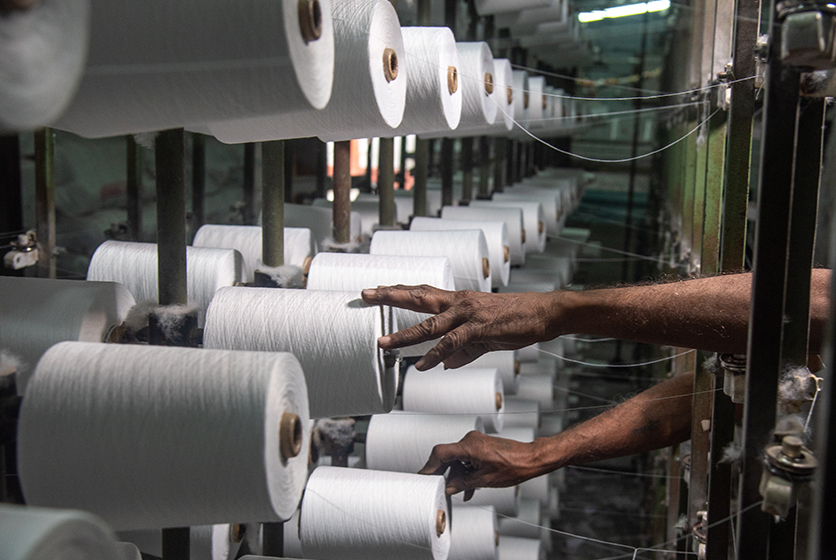Cotton Production in India
There are many elements that go into the shaping of a country’s history. Wars, powerful leaders, natural factors, and cultural movements too. For a country like India, agrarian factors have played a significant role. Specific crops such as wheat, rice, tea, and spices have been at the centre of many historic events in India. And when one talks of agriculture, then cotton must find more than a mention!
Cotton & history
Indian cotton won high praise from global explorers & historians of yore. Way back in 400 BCE, Herodotus, the Greek historian wrote, “In India, there are plants that produce sheep’s wool.” Indian cotton as soft as wool was sought after by ladies of ancient Rome too. Travellers like Tavernier, Vasco Da Gama, and Marco Polo have all lavished praise on Indian cotton.
The cotton industry played a major part in our country’s independence movement too. Described as a swadeshi industry, cotton textile manufacturing led the way in the growth of demand for Indian-made products. The iconic charkha catapulted cotton into almost every Indian mind!

So, what’s India doing now?
Cotton is a kharif crop and comes in many varieties. India grows three types:
- Short staple
- Medium staple and
- Long staple
Short staple produces fibre that is less than 20 mm. Medium staple can produce fibre between 20 and 24 mm. Long-staple cotton, the best variety possible, produces fibre up to 27 mm. States like Gujarat, Haryana, Punjab, Madhya Prades, Karnataka, Tamil Nadu, Maharashtra, and Andhra Pradesh are some of the biggest producers of cotton.
India is also known to have one of the largest areas of production under cotton. With around 12 to 13.5 million hectares under cultivation, India accounts for 37% of the global area. According to the ICAC journal “Cotton this Month” dated 19.05.2022, India produced 5.79 million metric tons of cotton in the year 2020-21 and accounted for 22% of the global cotton production. Interestingly, India also accounts for 22% of the world's cotton consumption.
Cotton processing
Typically, farmers in India prepare the soil for planting by digging furrows. After the cotton seeds are planted; usually in early February and late June; the cotton bolls take around 10 weeks to develop and open after around 60 days of bloom. The cotton picker, usually a harvesting machine, then swings into action and does the picking. The picked cotton is bundled into a module and then taken into a cotton gin which is a machine that separates the seeds and fibre.

The future of Indian cotton
According to an OECD-FAO report, India will account for more than 40% of the global increase in production by 2030. Experts reckon that India will have to deal with challenges such as climate change, pests, and water shortage. As of May 2022, the government of India talked of putting together a cotton council that should help the textile sector.
India is also looking at the sustainability angle. It was one of the first countries to implement the Better Cotton programme, a global initiative for sustainable cotton production.
From antiquity to now – cotton is indeed an exciting crop for India.
#InterestingInfo
- Cotton, according to historical evidence was grown in the Indus Valley.
- India along with 5 Asian countries accounts for 75% of the total mill consumption in the world.



